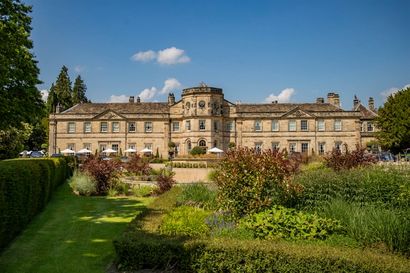An expert’s guide to buying a great cigar
From size and shape to spotting warning signs, we put our dry-rolled, tobacco-filled questions to an aficionado
For a few years, many have considered the cigar as a luxury in decline. One smoky approach to halting the stogie downfall is to educate; if you start buying the cigar that is right for you – considering shape, size, body and flavour – your huffing, puffing experience will be immeasurably better and, thus, likely repeated, a move that will slowly keep the ritual alive.
So, to bring a little insider knowledge to Gentleman’s Journal, we called on Chris Gwaltney, director of cigar sales at ABC Fine Wine & Spirits. Gwaltney has spent more than three decades travelling the world and meeting with suppliers to handpick brands and inventory – so, there really is no man better placed to teach us all about the cigar.
Is bigger better when it comes to cigars?
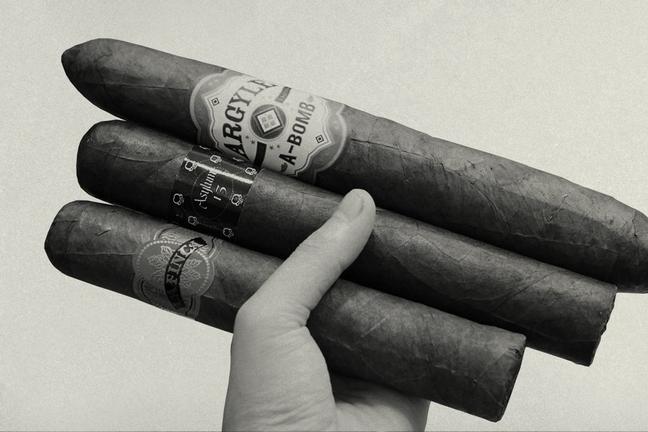
“Cigars are measured by both their length and ring gauge, or diameter,” says Gwaltney. “Over the years, larger ring gauge cigars have grown in popularity, probably since they are perceived to offer better value – more bang for your buck…
“But, another reason for their rise and fame is that thicker cigars offer a longer and cooler smoke. It should be noted that if you smoke slowly and take your time, even the thinnest lanceros will provide a wonderful and lengthy experience. The real key is to set time aside to enjoy your cigar. Remember, it’s not a race.”
What is the ‘body’ of a cigar, and does it matter?
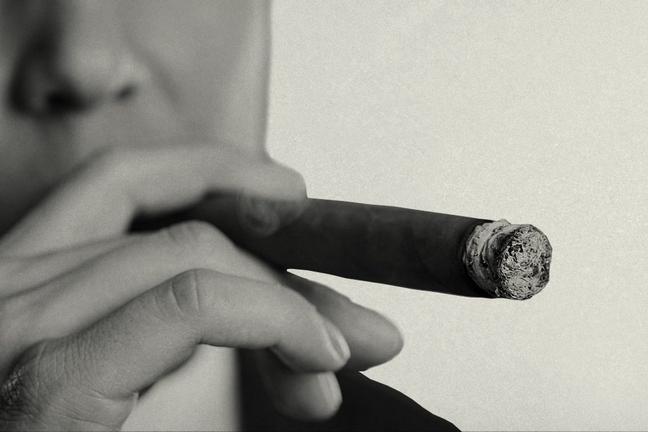
“When I hear the term ‘body’,” Gwaltney says, “I immediately equate that to the strength of a cigar. Full-bodied cigars, for example, should only be enjoyed by those who are veteran cigar smokers and have worked their way up to them.
“New smokers should start on the mild end of the spectrum,” he adds, “and not be pressured into smoking the same strength sticks that your uncles are puffing on at family get-togethers. There’s nothing ‘unmanly’ about smoking a mild or mid-range cigar – but turning green while smoking after dinner is very uncool.”
Should I be looking for a particular shape of cigar?
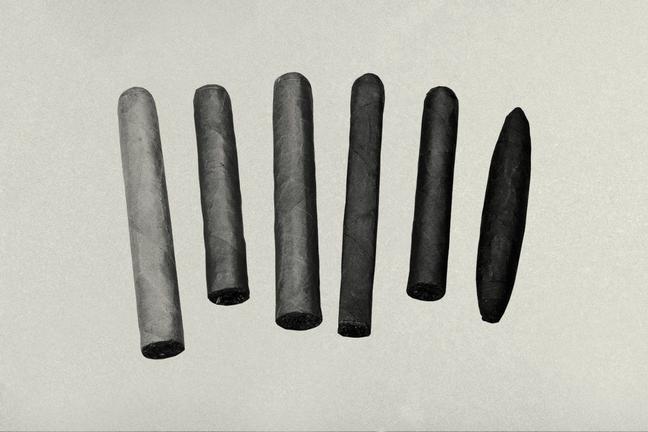
“There are many, many shapes of cigar – also known as ‘vitolas’ – and cigar smokers can be very particular about which they like best,” the expert reveals. “The vitolas can be broken down into two basic categories: regular (or ‘parejo’) and irregular (or ‘figurado’). Parejo cigars are the same diameter at their tops and bottoms, and have a rounded head. Figurados can have pointed heads, or be pointed at both ends. Another common shape is the ‘culebra’, three thin cigars twisted around each other in what looks like a bundle of snakes.
“There are subtle ways that shape can affect the flavour. A ‘perfecto’-shape cigar, for example, has a different diameter at its top than at its bottom. This means, due to the different amount of filler tobacco at each stage of the cigar, the flavour can change throughout the smoking experience.”
Can you identify which cigars will have specific flavour notes?
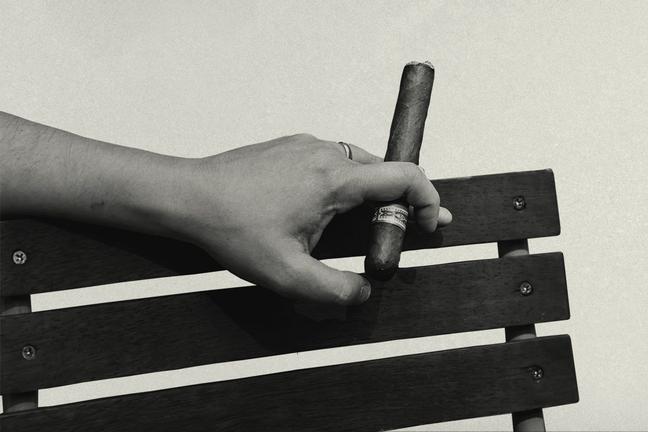
“Today is the golden age of cigars,” proclaims Gwaltney. “We have many great tobacco-growing regions like Honduras, Nicaragua, the Dominican Republic, Mexico, Brazil, Ecuador and the US – to name but a few! And all of these places have distinct flavour profiles and strengths that master blenders can fashion into thousands of combinations to please any palate. Cigar flavours can range from the sweet spectrum, such as toffee and chocolate, to the spicy side, with notes of coffee and black pepper.
“The key to finding out which is your favourite is to try them all,” he continues. “In my opinion, the biggest mistake a cigar smoker can make is getting locked in on one flavour profile or one cigar. There’s a whole flavour world out there; so go and explore it!”
Are there any warning signs of a bad cigar?
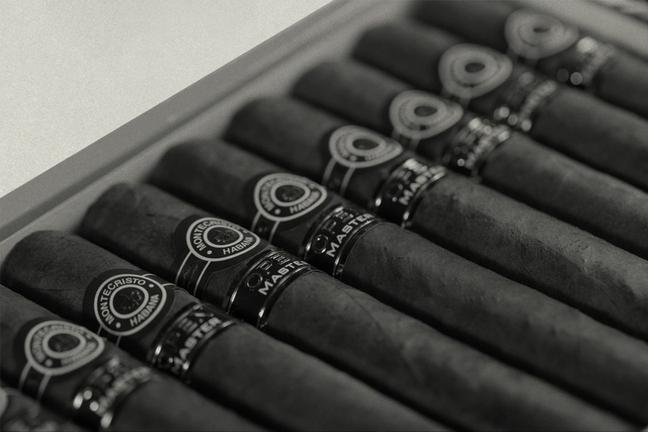
“As with wine, price isn’t always your best indicator,” Gwaltney says. “When I look at a cigar, I’d first do a visual inspection. Is the cigar dry or cracked? This is obviously a pretty easy thing to determine, and it is best done by just looking at the cigar and gently touching it. Never squeeze a cigar for this, as it will damage even a perfectly constructed and properly humidified stick.
“I then look at the information on the cigar itself: the wrapper leaf, the listed strength, and always the reputation of the manufacturer. If you have any doubts about your selection, just ask your tobacconist. In the end, your enjoyment of any particular cigar depends on trial and error. Just make sure that you’re grabbing one that’s in a good condition!”
Want some inspiration? Here’s every cigar James Bond has smoked…

Become a Gentleman’s Journal Member?
Like the Gentleman’s Journal? Why not join the Clubhouse, a special kind of private club where members receive offers and experiences from hand-picked, premium brands. You will also receive invites to exclusive events, the quarterly print magazine delivered directly to your door and your own membership card.

